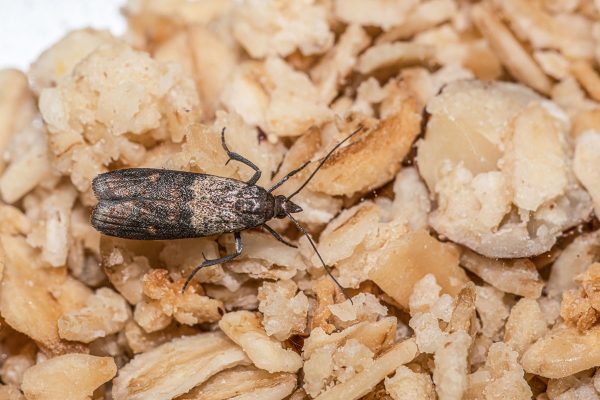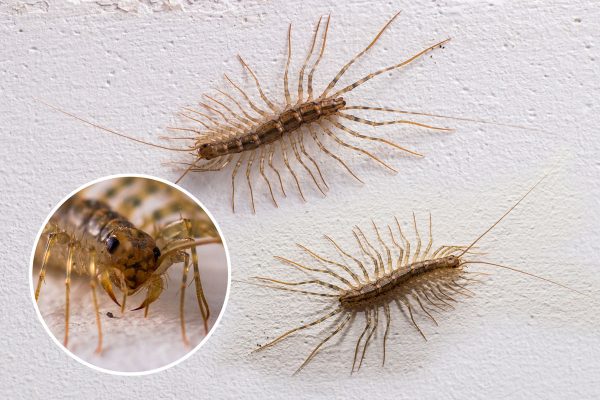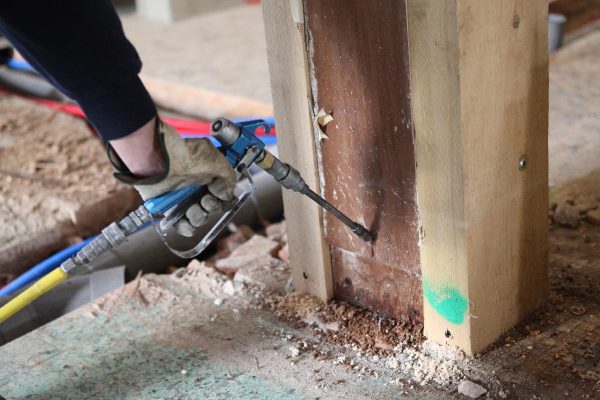Although stink bugs are harmless, we don't want them anywhere near our house. When trying to get rid of these pests, it's important to explore what eliminates them completely. So, can stink bugs survive in water? What would it take to get rid of them? We have researched answers to find out.
Stink bugs can't swim, so they will most likely drown when you trap them with a bowl of water. They are also attracted to light, so you can use this to your advantage by getting their attention with bright light during nighttime and leading them to deep water.
Knowing how stink bugs operate is essential so you'll know what to do to prevent an infestation, and what to do to get rid of them. If you are interested to learn more about their habits, life cycle, reproduction, and termination, keep reading below.
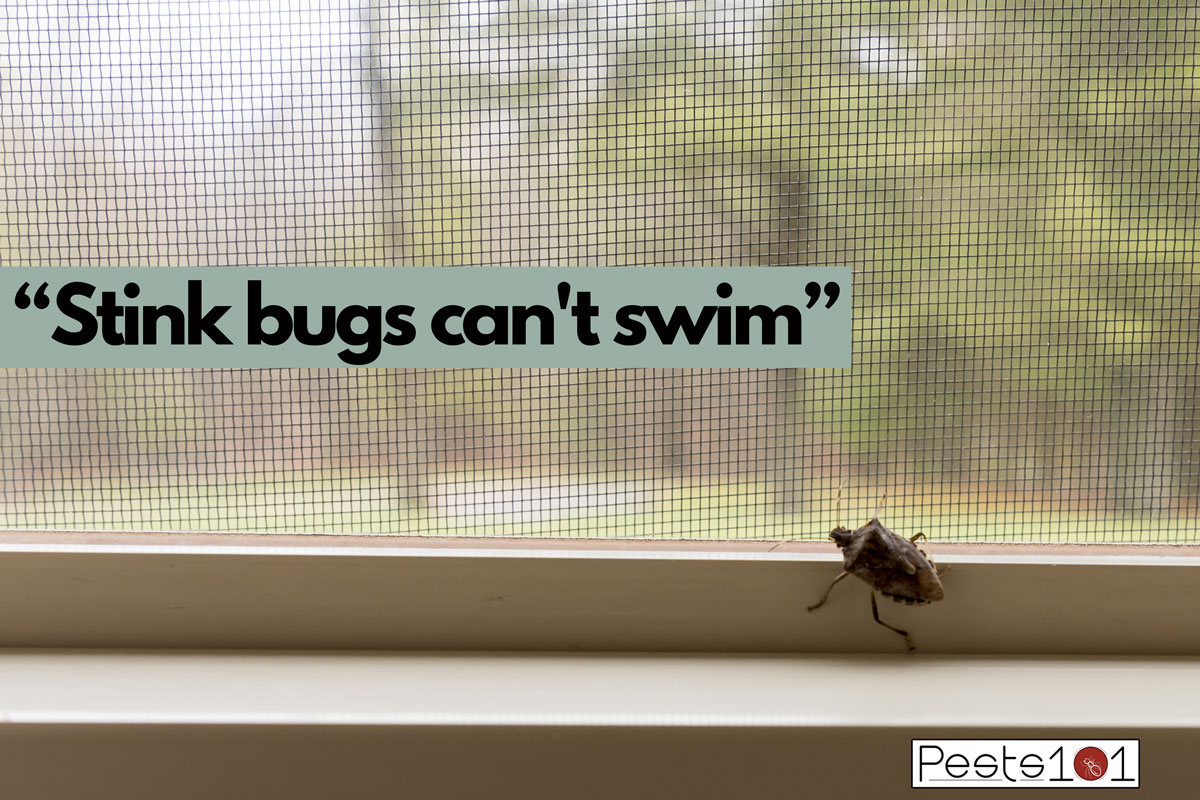
Can Stink Bugs Survive On Top Of Water?
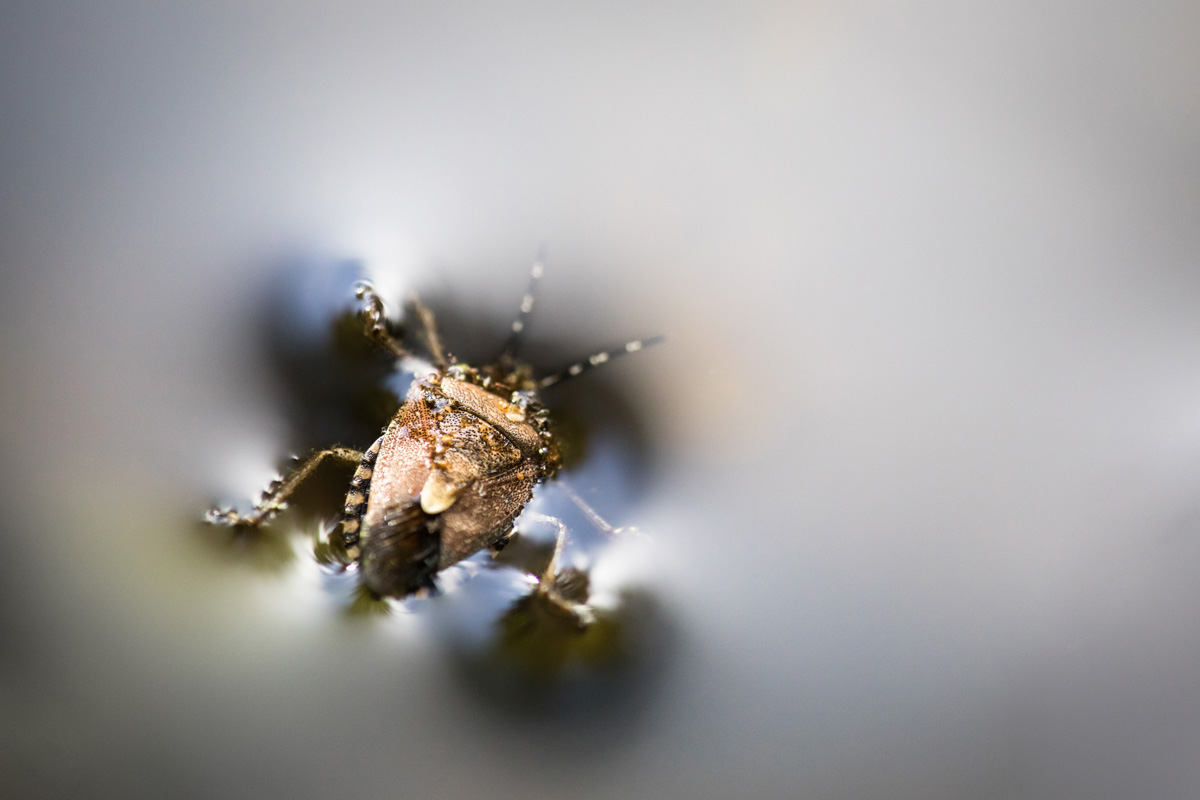
Although stink bugs will most likely drown underwater, some species of stink bugs can walk on top of the water, which can aid their survival depending on how long they can last trying to exert their energy walking on top of it.
For this reason, it is best to flush stink bugs down the drain after trapping them with a small amount of water. This will ensure that they are out of your perimeter completely.
What Are Stink Bugs Attracted To?
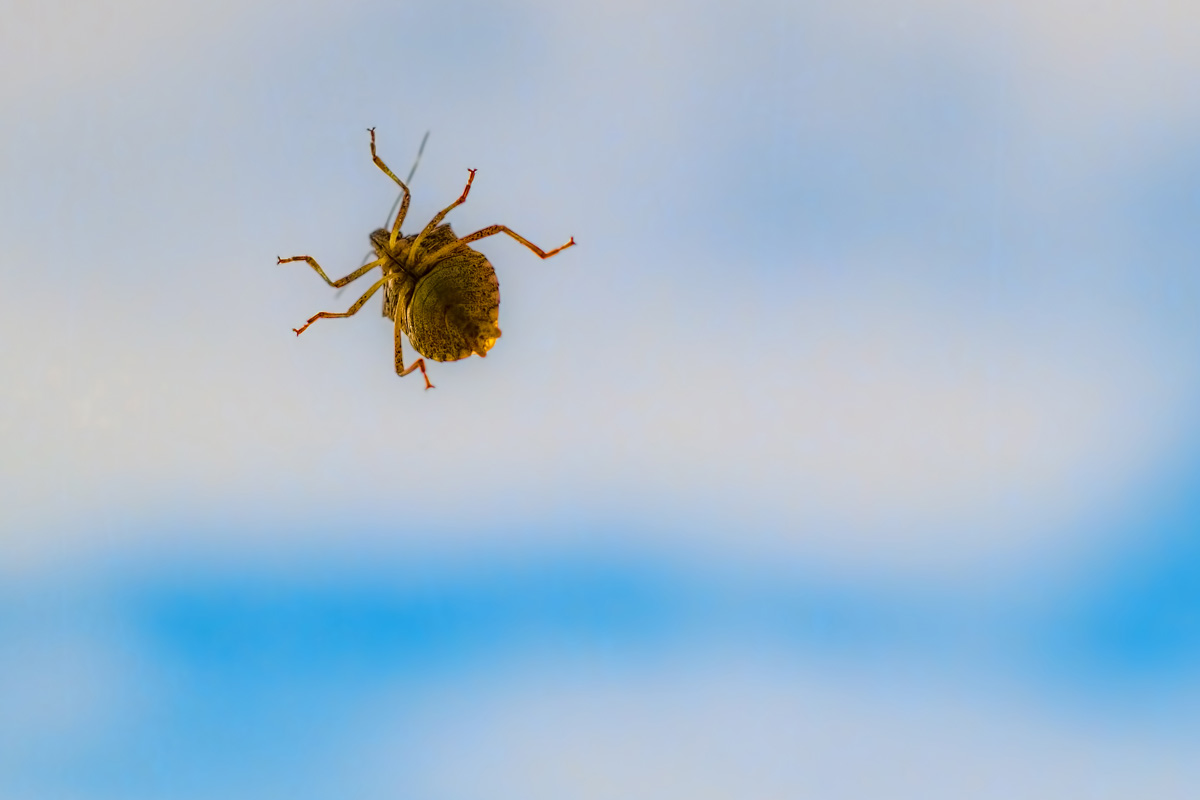
Stink bugs are generally drawn to grassy and agricultural areas where they can have access to soybeans, corn, vegetables, and fruiting plants.
Aside from food, stink bugs are also attracted to light and reflective surfaces, so it is best to keep it at a minimum when the area is prone to a stink bug infestation.
If you live in a moisture-rich area, make sure your home does not have any broken pipes or clogged drains. Fix any moisture build-up, and invest in a dehumidifier since stink bugs are known to nest in humid areas.
As always, keep your house, especially your kitchen and bathroom clean since stink bugs are more likely to infest areas with lots of food scraps, dirt, and moisture.
Outside your home, keep firewood and rotting logs away from your house to prevent bugs from making their way into your home. Keep your branches and shrubbery trimmed so the bugs won't have a bridge to enter your home.
Where Do Stink Bugs Live?
In the suburbs, stink bugs will most likely be found in gardens and front yards. In the country, you can find them on farms and orchards where they can have a steady supply of food.
In urban spaces and residential areas, they can be found on concrete cracks along the walls or landscapes. Usually, they'll start to burrow inside walls or attics during the winter to survive extreme temperatures.
If they manage to enter through the small holes and cracks in your house, they will hide in the living room. Once their pheromones are received by other stink bugs, they will start to follow the scent trail--that's when the infestation starts.
One of the signs that stink bugs are living inside your house is finding a clump of dead insects in an area, which is usually near where the bugs are nesting.
When Do Stink Bugs Start To Infest Your House?
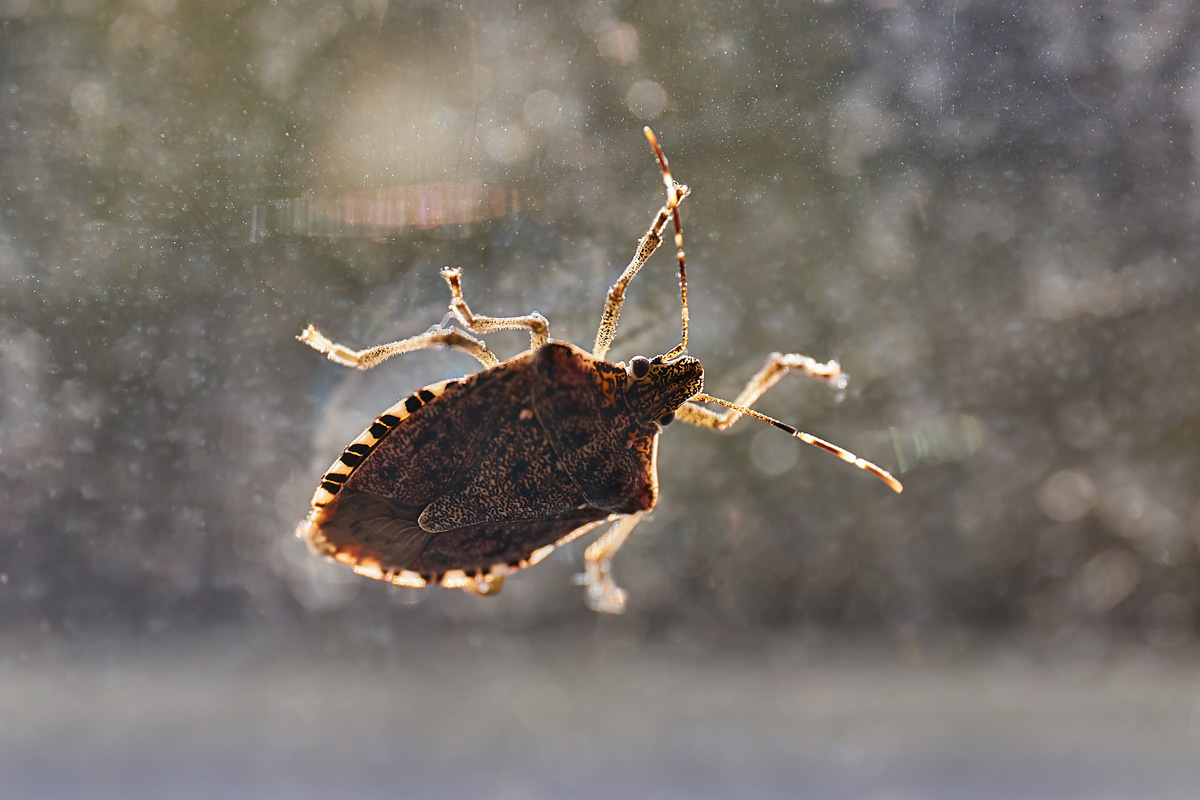
Stink bugs will start to find a safer place to live during the summer and autumn months, right when the temperatures are starting to drop. During this time, it is best to seal cracks around your home and keep warm lights to a minimum since stink bugs are attracted to them.
Why Do Stink Bugs Smell?
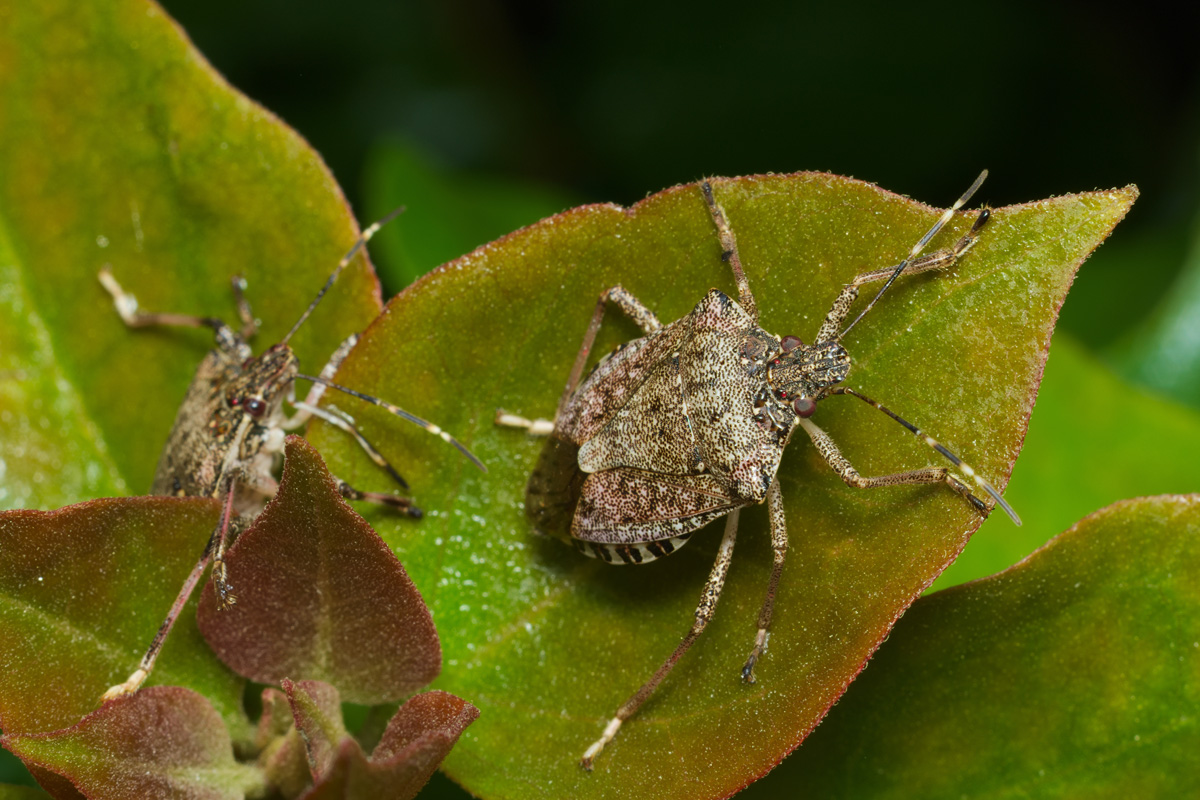
Stink bugs do not emit a bad smell for no reason. They only produce a bad smell under two circumstances:
- First, when they are crushed, the chemicals from their abdominal glands are released along with the bad odor.
- Second, they emit a bad odor whenever they are threatened as a defense mechanism. The smell should deter potential predators and drive them away.
The way they smell differs from each person that has smelled it. Some say it has a skunk-like smell, while others describe an acidic, pungent smell mixed with cilantro.
Some claim that the bad odor smells like rotting wood, dusty earth, or burnt tires. It all depends on a person's olfactory senses and how their brain interprets the smell, so it's difficult to pronounce a singular unifying scent unless you smell it yourself.
How Long Does Stink Bug Smell Last?
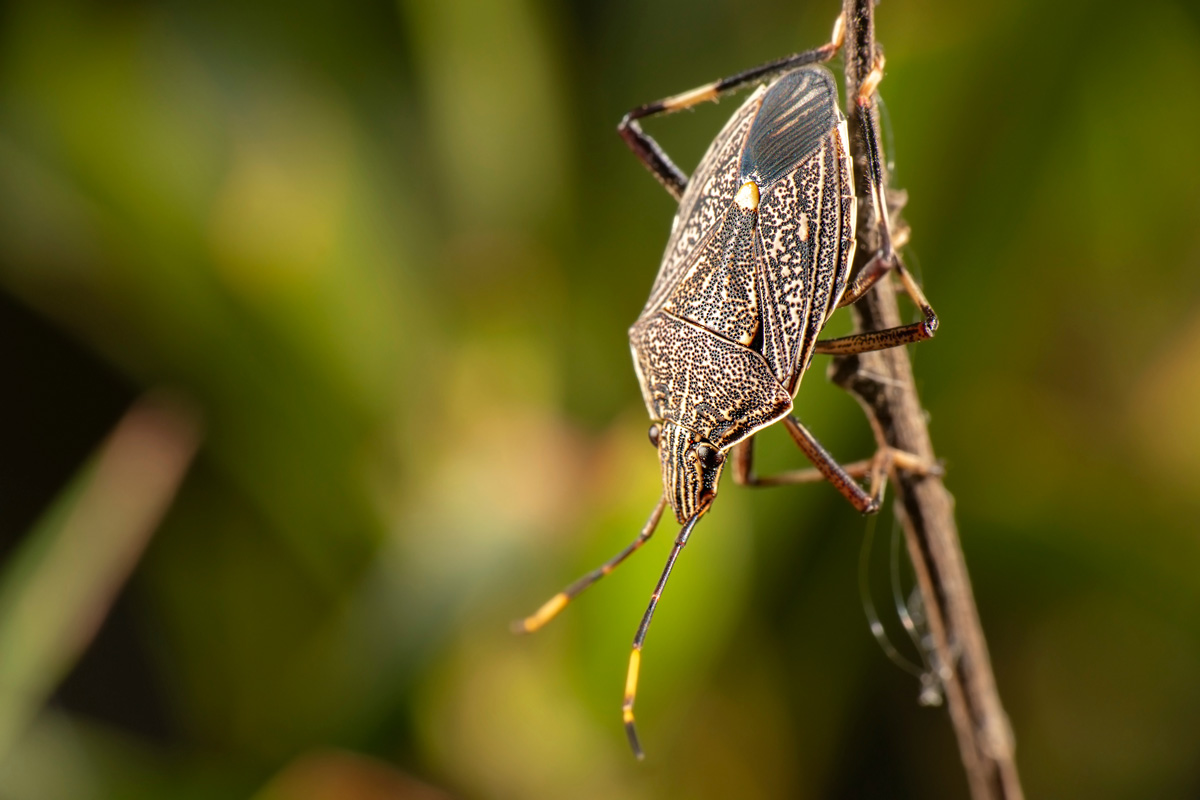
The odor from a stink bug lasts for up to three hours, but it depends on how well-ventilated the space is or if the area is humid. The heavier the air, the longer the odor will linger.
If you've somehow crushed a stink bug inside your house, here's what you can do:
- Spray the room with scented disinfectants or odor eliminators.
- Ventilate the area. Open the windows and power up your air purifier or dehumidifier.
- Scrub the area with toothpaste and warm water.
- Citrus juice mixed with warm water will help as well, along with a soap solution.
How Do Stink Bugs Reproduce?
Although there are numerous species of stink bugs, all of them share the same reproductive cycle.
Stinkbugs release pheromones to attract potential mates, but it is not the same odor made to drive away predators. Both males and females also create noises by rubbing their wings or legs to get the attention of nearby stink bugs, signaling that they are ready to mate.
After the female has mated, she lays the egg masses (a collection of eggs) into a leaf. One egg mass contains 20-150 eggs, whose colors differ according to species. Green stink bugs lay cream-colored eggs, while brown or black sting bugs have white or green-colored eggs.
The female stink bug can lay up to 500 eggs in her lifetime, with the mating season usually spanning from May to September.
Do Stink Bugs Have A Colony?
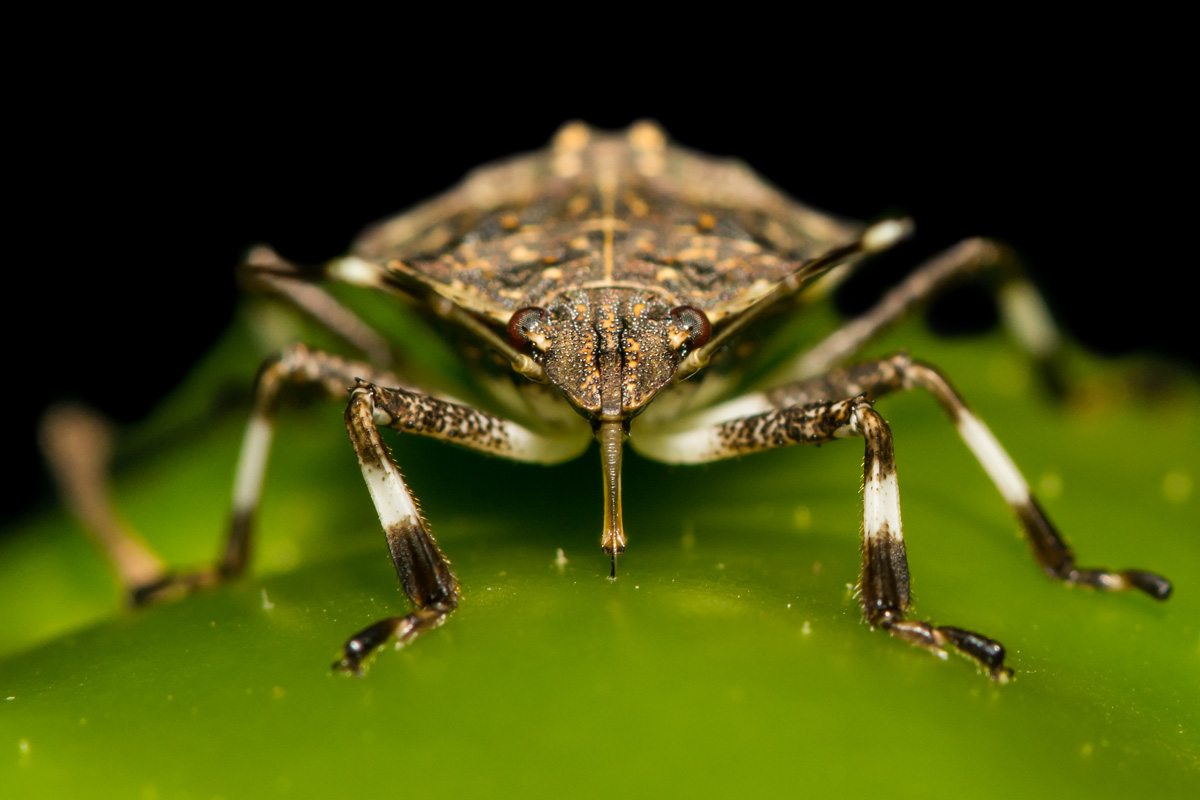
Unlike other insects, stink bugs do not form colonies or tribes. They are solitary creatures but stink bugs know how to follow a scent trail that signals if an area is ideal to live in. For example, if a stink bug releases pheromones in a crop-rich area, other stink bugs will follow suit, resulting in an infestation.
When this happens, you will probably notice a group of stink bugs gathering in one area of your garden or house.
Stink bugs are also more likely to congregate in areas with lots of artificial or natural light, especially during the winter season. Check the attics, wall voids, and thick drapes on windows if you are suspecting an infestation.
Read: "How Many Black Ants In A Colony?"
How To Get Rid Of Stink Bugs
Many people prefer natural and homemade pesticides to lessen the household's exposure to toxic chemicals.
- Mix a concoction of 2 cups of hot water, 1 cup of white vinegar, and 1/2 cup of dish soap.
- Put the entire mix into a spray bottle and shake vigorously.
- Spray this solution directly on stink bugs or on areas they frequent.
If you don't want the smell of vinegar, you can try creating a water trap:
- Wait until nighttime to set the trap.
- Create a soap solution with equal parts soap and water.
- Turn off all the lights in your house except for a single light that faces the water.
- The stink bugs will follow the light, stepping into the water and drowning in the process.
If you are facing a high level of stink bug infestation, calling a pest control service would be a wiser decision since they will be able to eliminate the bugs using chemicals and fumes.
After eliminating the stink bugs, make sure to repair the cracks and holes that may have formed around your house. Pesticides are a temporary solution, and these pests will continue to come unless you secure all parts of your home.
Read: "Can You Mix Sevin Dust With Water? [And How To]"
Are Stink Bugs Poisonous?
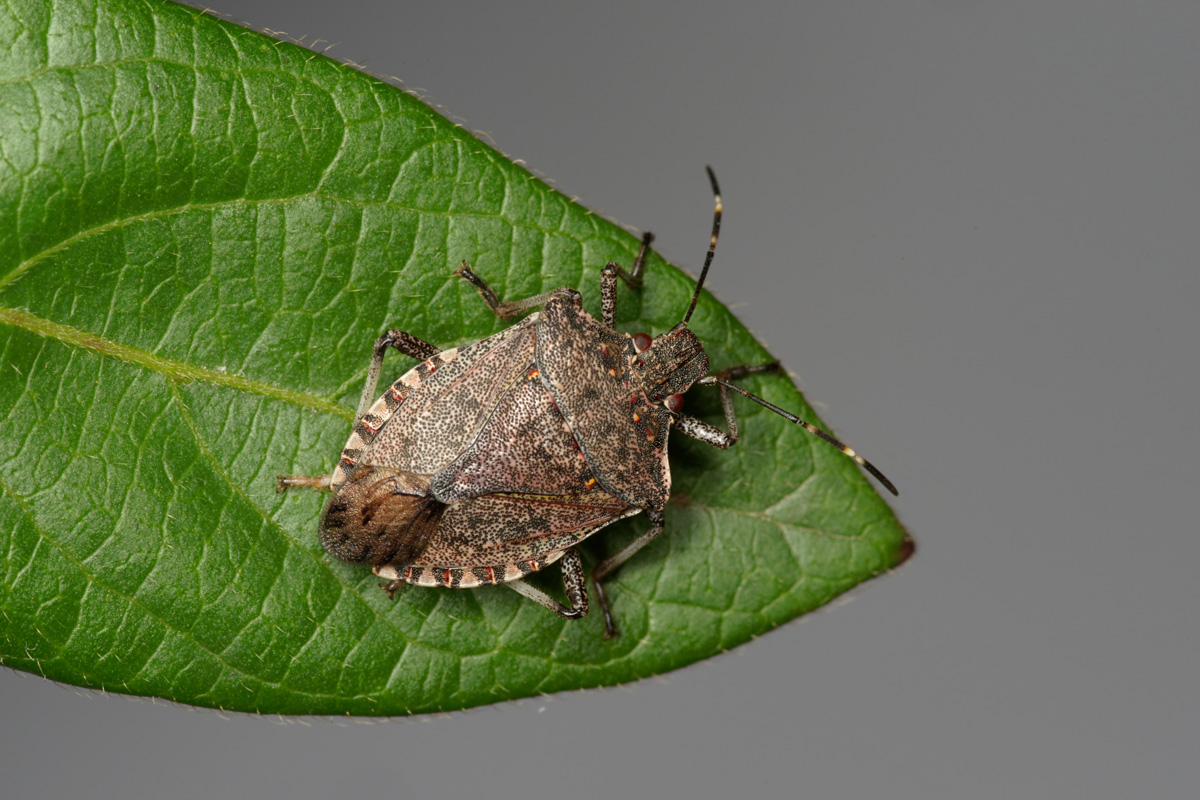
Stink bugs can be toxic to a person suffering from dermatological and respiratory conditions if they infect them with the fluid they secrete in the midst of a threat.
The person can experience tearing, skin irritation, and a runny nose when exposed to them, so it is important to get rid of these pests before they cause harm.
Final Thoughts
There are many ways to get rid of a stink bug infestation, one of them is by using a tub of water. As with all pest infestations, prevention is better than cure. Secure your home's exterior and clean the area before they make a home out of yours.

